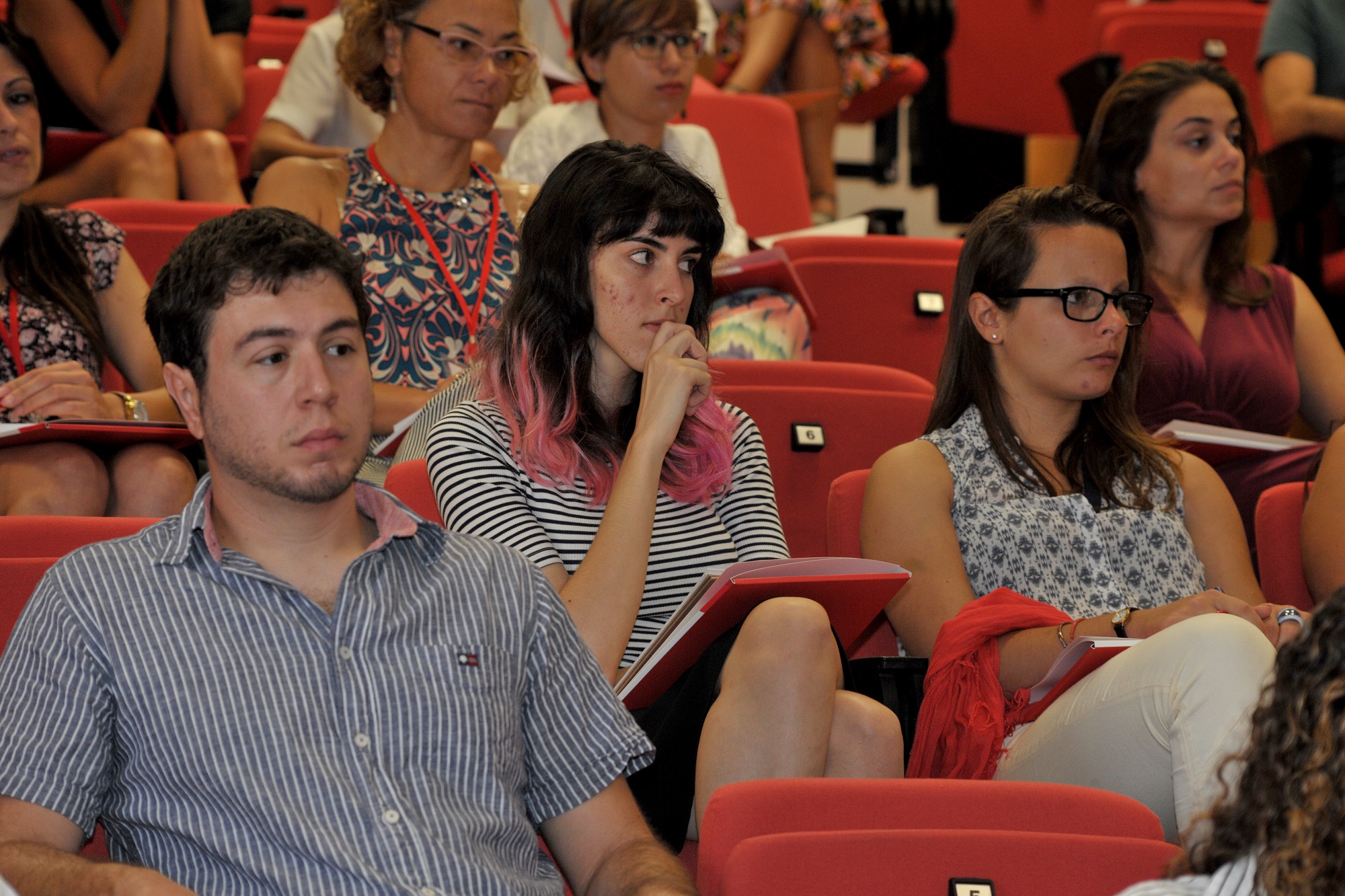Guest blogger Charmaine Zammit is back with more thoughts (and questions) from the VIVA Curatorial School…
From the second day onwards at the VIVA Curatorial School, I’ve been preoccupied with constant personal reflections challenging what has been strongly ingrained in my mind. It absolutely made every day worth attending. This blog serves to share some of the issues that arose during the lectures, which hopefully encourage the readers to reflect on them.
One of the concerning issues is that conceptual art requires one to read it rather than simply look at it. It is the kind of art with cognitive value, intended to make one think and ask questions. Such an issue provoked my own assumptions about what qualifies as art and the role of the curators and spectators of conceptual art. According to curator Simon Sheikh, spectators are an asset to any art show. He insisted that without the concept of spectatorship, there is no need for curators. This made me wonder about the curator’s role in a conceptual art exhibition and whether the curator is to provide the right setup and information to encourage spectators to think or to question the artist’s intentions. Then again, to what extent should the conceptual artist’s intention be allowed to define the spectators’ interpretation?
During other lectures, the issue of ‘context’ and ‘community’ arose. The curator Mai Abu ElDahab maintained that in order to deal with exhibition space, the curators are to understand the context of the community, while curator Simon Sheikh pointed out that “Community is about Identity”. If a community can be identified, it can be addressed.
A lecture by the contributors of the exhibition ‘Culture of Aging’ (open until 27th September at St James Cavalier) provoked the participants with issues concerning the varied cultural perspectives by which societies deal with an ageing population. The artist/speaker Ferhat Özgür, through his observations of the living conditions of the elderly, insisted on the potential that art can have in social engagement. Questions that arose, such as: “Why cannot the younger generation live together with the elderly?” made me wonder about today’s cultural habits that probably condition the elderly to go to nursing homes. Do we really need to be on our own together with other old people when we get older?
Another issue that emerged from Ferhat’s video ‘Metamorphosis Chat’ (2009), shows how in some cultures, on the subject of gender issues, male dominance is still felt. The main aspect of the video was about ‘walking in another’s shoes’, where the headscarf accessory worn by one of the women protagonists raises issues of the polarisation of the secular versus the religious, the East vs the West. Throughout most of the video, the two women from different cultures are observed giggling non-stop, while exchanging clothes. At one point, one of the women insists how she would feel ‘naked’ without wearing the headscarf! This made me wonder about most women, myself included, who would feel ‘naked’ without wearing any makeup. Throughout the ages, women have always been somehow culturally conditioned, which has been shaping their imaginary ‘free choices’ of presenting their identity, ranging from hiding their beauty and sexual desires to the other extreme of enhancing their beauty and glorifying their sexuality.
On listening to Leo Delfgaauw’s talk about his current research: ‘Hidden Careers, Older Artists and Lifelong Learning’, personal thoughts started arising about the destiny of one’s artistic practice vis-à-vis the inescapable ageing process. I started wondering about what position would be taken by most artists and myself throughout our aging process…will we choose to keep on creating art for public recognition to boost our ego?… to please the curators?…to make money?… for the sake of noble social engagement?
May this blog serve to encourage the public to visit the VIVA exhibitions, which are all free of charge. I implore people to contemplate the above when visiting exhibits to see what other personal meaning they come up with.
-Words by Charmaine Zammit

